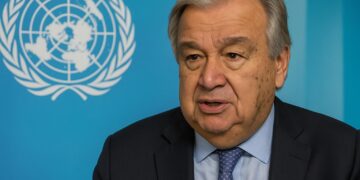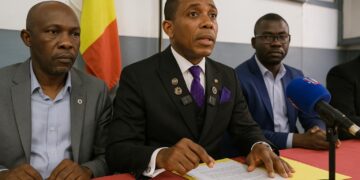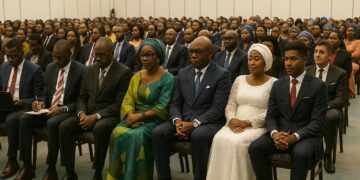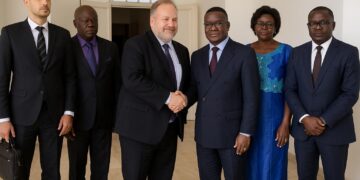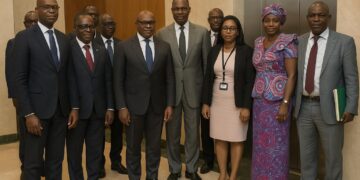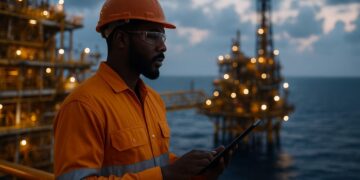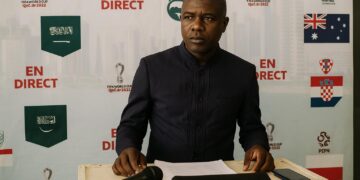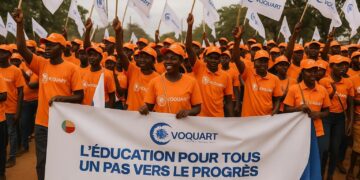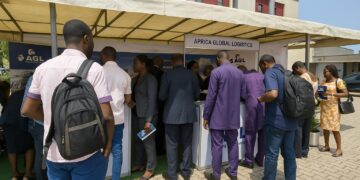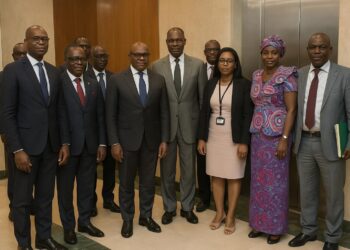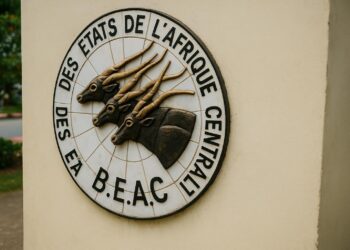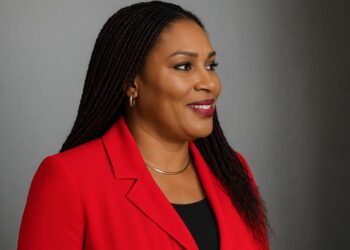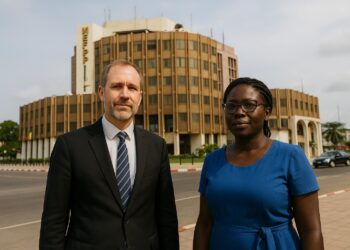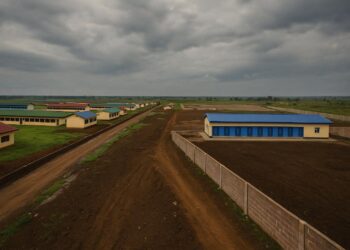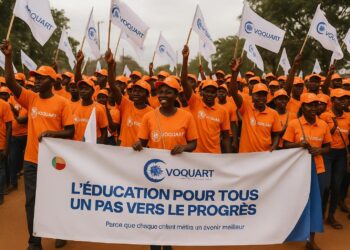Pointe-Noire meeting sets fiscal benchmarks
From 8 to 10 October, Pointe-Noire became the focal point of Congo-Brazzaville’s upstream sector as the quarterly committee responsible for setting fiscal reference prices convened under Hydrocarbons Minister Bruno Jean Richard Itoua, reaffirming the state’s hands-on management of resources that underpin almost half of public revenues.
Organised by trading advisory Wing-Wah, the closed-door sessions gathered officials, operators and traders to translate market transactions into tax benchmarks for the third quarter of 2025, a procedure required under the 2016 Hydrocarbons Code to secure transparency and predictability for both the treasury and concession holders alike involved.
Price differentials across Congolese grades
According to figures validated during the meeting, weighted average prices reached 68.249 dollars per barrel for Djeno Mélange, 68.815 for Nkossa Blend and 70.402 for the niche Yombo grade, each measured against dated Brent to yield differentials between minus 0.531 and plus 0.830 dollars per export cargoes.
The liquefied petroleum gas slates, Nkossa-Butane and Nkossa-Propane, were assessed at 46.454 and 26.847 dollars respectively, the former matching North-West Europe butane cargoes, the latter trailing Mont Belvieu propane by 1.618 dollars, highlighting the divergent arbitrage routes that LPG and crude now follow in spot and term markets.
Market context and negotiation mechanics
Negotiations referenced either the widely used five-day after bill-of-lading window or monthly averages, granting sellers and the state flexibility to capture short-lived rallies without departing from benchmarks accepted by international auditors, a balance accounting advisers present described as pragmatic and bankable for all participants involved.
Despite headline prices hovering below seventy dollars, the ministry reported a composite fiscal price of 69.155 dollars per barrel, only 0.021 dollars above the Brent marker, signalling that quality penalties previously borne by mature Congolese blends have narrowed thanks to incremental debottlenecking at loading facilities in recent years.
Seasonal demand in Asia, especially from Chinese teapot refiners, was cited as a supportive factor, absorbing heavier Djeno cargoes that once headed to Europe.
Fiscal impact on state revenue outlook
Macroeconomists consulted during the session estimate that each dollar gained on the fiscal price curve brings close to 17 million dollars in additional quarterly budget receipts, underscoring the stakes for a government that targets a 2025 deficit below 2.5 percent of gross domestic product next year.
The ministry therefore framed pricing not merely as a technical exercise but as a cornerstone of debt management, given Congo’s commitment under successive IMF arrangements to lengthen maturities and curb the ratio of hydrocarbon-linked borrowing to below 30 percent of total public liabilities over the medium term horizon.
Participants acknowledged that external variables—from Atlantic basin refinery turnarounds to Red Sea security premiums—could swing differentials in the fourth quarter, yet consensus held that Congo’s diverse grade slate offers a natural hedge that other mono-quality producers in the Gulf of Guinea lack at present levels.
Strategy pillars: production, infrastructure, inclusion
In his closing remarks, Minister Itoua reminded delegates that the industry evolves within an ever more complex global environment, pointing to technological disruptions and shifting geopolitics, but he also insisted the country would increase production, modernise infrastructure and valorise resources in an inclusive and sovereign manner going forward.
Observers noted the emphasis on inclusion, a theme gaining traction as local content thresholds rise and community-led supply chains emerge around the Djeno terminal, hinting at a broader recalibration of social licences to operate rather than a purely revenue-maximising agenda for oil sector stakeholders.
The push to modernise infrastructure has already translated into phased upgrades of the offshore loading system and digitised metering, initiatives co-financed by private operators and state-owned Société Nationale des Pétroles du Congo, helping to cut downtime and reduce volume disputes that once plagued royalty audits processes.
Production growth, the first pillar, remains contingent on timely drilling of infill wells in the Tchibouela and Moho basins; executives present stressed that stable fiscal terms, including predictable price references, provide the commercial certainty required for boards in Paris, Milan and Houston to sanction rigs and budgets swiftly.
Calendar and industry coordination ahead
Looking ahead, the next pricing conclave will return to Pointe-Noire from 7 to 9 January 2026 under the stewardship of Eni Congo, aligning with the operator’s ramp-up at the Marine XII block and offering another data point for analysts tracking Congo’s macro forecasts and energy plans.
The regular cadence of these meetings, mandated every quarter, has gradually enhanced Congo’s credibility with rating agencies, which now cite the transparency mechanism among the qualitative factors supporting the republic’s stable outlook despite commodity-linked volatility that continues to unsettle several regional peers in West Africa.
For investors evaluating treasury bills, sovereign bonds or future production deals, the October determinations thus serve as a real-time barometer of policy coherence: a favourable differential today feeds fiscal buffers tomorrow, reinforcing a trajectory that officials intend to keep both market-driven and nationally owned for years to come.




